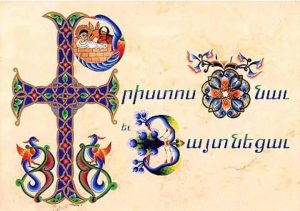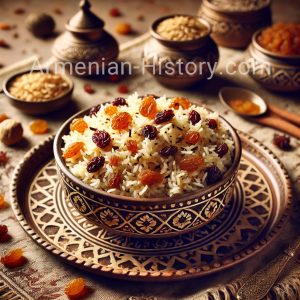Armenian Christmas, celebrated on January 6th, holds a unique place in the liturgical calendar and Armenian cultural traditions. For Armenians around the world, this day is not only about commemorating the birth of Christ but also celebrating the Epiphany—the revelation of Jesus as the Son of God—a practice rooted in the earliest days of Christianity.
Why January 6th?
The Armenian Apostolic Church, following ancient Christian tradition, celebrates Christmas and the Epiphany together on January 6th. This date was historically observed by all Christians before the Western Church adopted December 25th in the 4th century. The choice to maintain January 6th reflects the Armenian Church’s commitment to preserving early Christian practices.

Liturgical and Spiritual Observance
The day begins with the Divine Liturgy, a solemn church service that marks the Nativity and the Epiphany. One of the key rituals is the Blessing of the Water, symbolizing the baptism of Christ in the River Jordan. This sacred tradition underscores the spiritual significance of the day, reminding worshippers of renewal and purification.
Traditional Armenian Christmas Dishes

Food plays a central role in Armenian Christmas celebrations, bringing families together around the table. The centerpiece of the meal is often fish, usually boiled or grilled, symbolizing Christ and his disciples. Pilaf, prepared with rice and enriched with dried fruits and raisins, adds a touch of sweetness to the festive table, while fried greens are served as a nod to renewal and life.
These dishes are not merely sustenance but are steeped in symbolic meaning, reflecting the themes of faith, hope, and unity. Families often share stories, prayers, and blessings, ensuring the continuity of traditions passed down through generations.
A Personal Reflection
When I was a child, I vividly remember my grandmother, and especially my mother, preparing traditional Armenian meals, including Christmas pilaf. Their version was slightly different from the one in the photo—sometimes covered with lavash on top. A fish dish was occasionally included, but pilaf was almost always the centerpiece. At the time, I knew little about Armenian heritage or history, but those moments filled our home with warmth and joy, leaving cherished memories tied to the flavors of tradition.
Armenian Christmas in Modern Times
In today’s world, Armenian Christmas serves as a powerful reminder of faith and cultural identity, especially for the Armenian diaspora. While some customs have evolved over time, the essence of the celebration remains unchanged: honoring Christ’s birth, sharing love with family, and embracing Armenian heritage.
Whether celebrated in Armenia or abroad, this special day bridges the sacred and the communal, blending ancient rituals with heartfelt joy.




